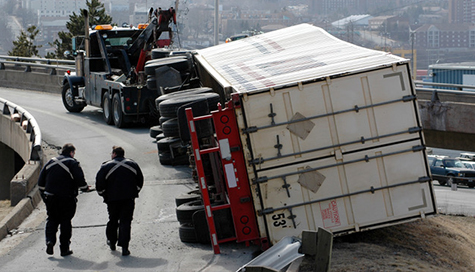In Regina v. Strathdee, 2021 SCC 40, the Supreme Court of Canada (the “SCC”) upheld a decision of the Alberta Court of Appeal (2020 ABCA 443) overturning the acquittal for unlawful act manslaughter and entering a conviction. The trial judge had acquitted the accused after considering joint/co-principal liability and abetting under ss.21(1)(a) and 21(1)(c), respectively, of the Criminal Code of Canada (2019 ABQB 479). The charges against Mr. Strathdee stemmed from a group assault in which several victims sustained multiple injuries and one victim, Mr. Tong, sustained a single stab wound which caused his death.

The SCC agreed with the Court of Appeal that there was no basis for the view that the stabbing of Tong was a distinct act outside the scope of the group attack.
The court stated: “Having regard to the findings of fact in paras. 137 and 156-59 (CanLII) of the trial decision, and the statement of law set out by the Court of Appeal at paras. 61, 66 and 68 of its decision, this Court affirms the result of the Alberta Court of Appeal that is guilty of unlawful act manslaughter.”
The court also clarified a statement of law in Regina v. Cabrera, 2019 ABCA 184, aff’d Shlah, 2019 SCC 56, regarding joint/co-principal liability noting:
“Joint/co-principal liability flows whenever two or more individuals come together with an intention to commit an offence, are present during the commission of the offence, and contribute to its commission. In the context of manslaughter, triers of fact should focus on whether an accused’s actions were a significant contributing cause of death, rather than focusing on which perpetrator inflicted which wound or whether all of the wounds were caused by a single individual. In the context of group assaults, absent a discrete or intervening event, the actions of all assailants can constitute a significant contributing cause to all injuries sustained. Properly read, the discussion of party liability in R. v. Pickton, 2010 SCC 32, [2010] 2 S.C.R. 198, is fully consistent with the foregoing.”
If you have been charged with a criminal offences in Canada, contact Mr. J.S. Patel, Criminal Defence Lawyer for a consultation: 403-585-1960 or 647-323-1960.
